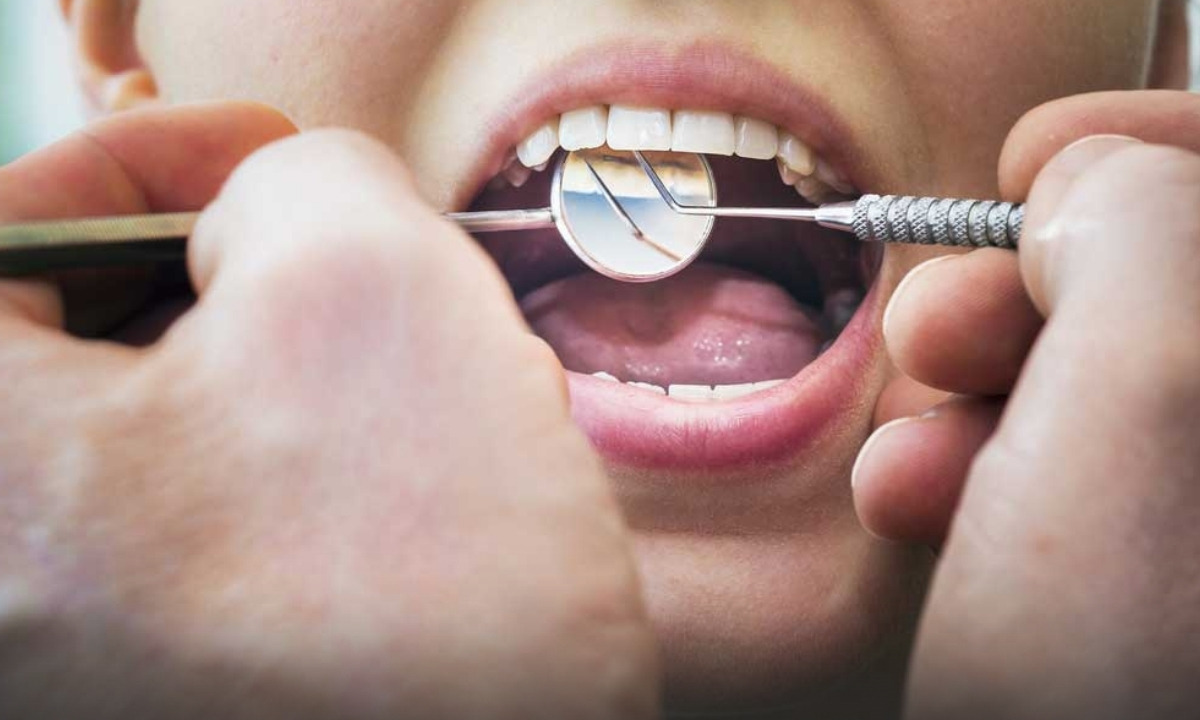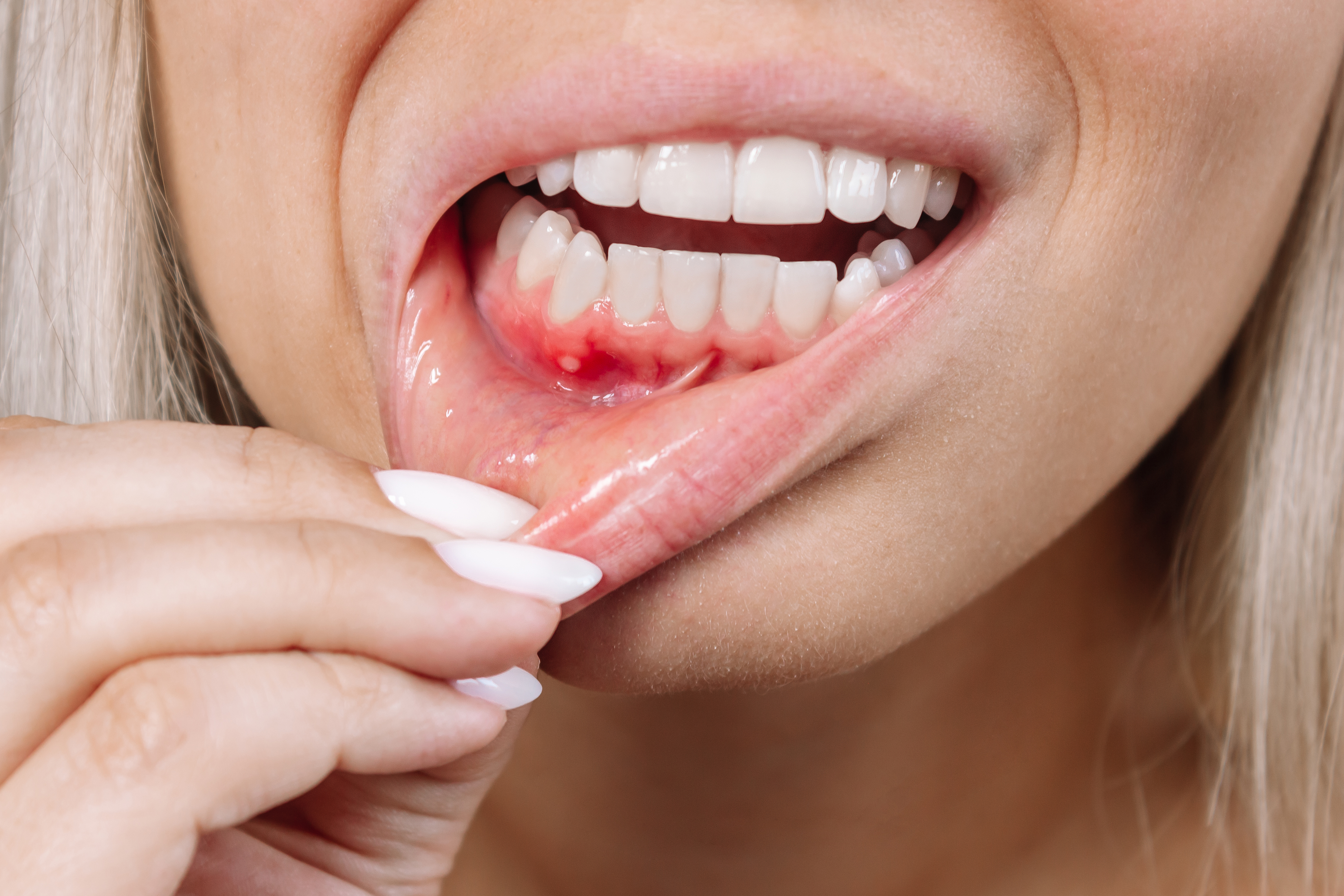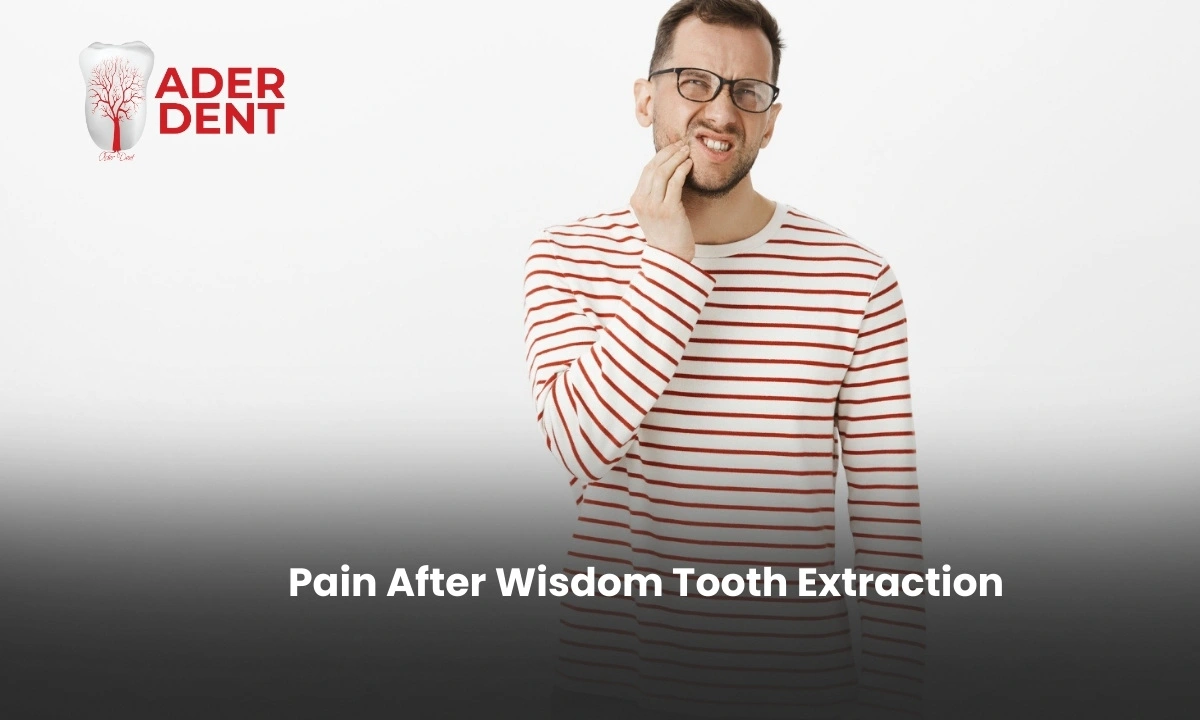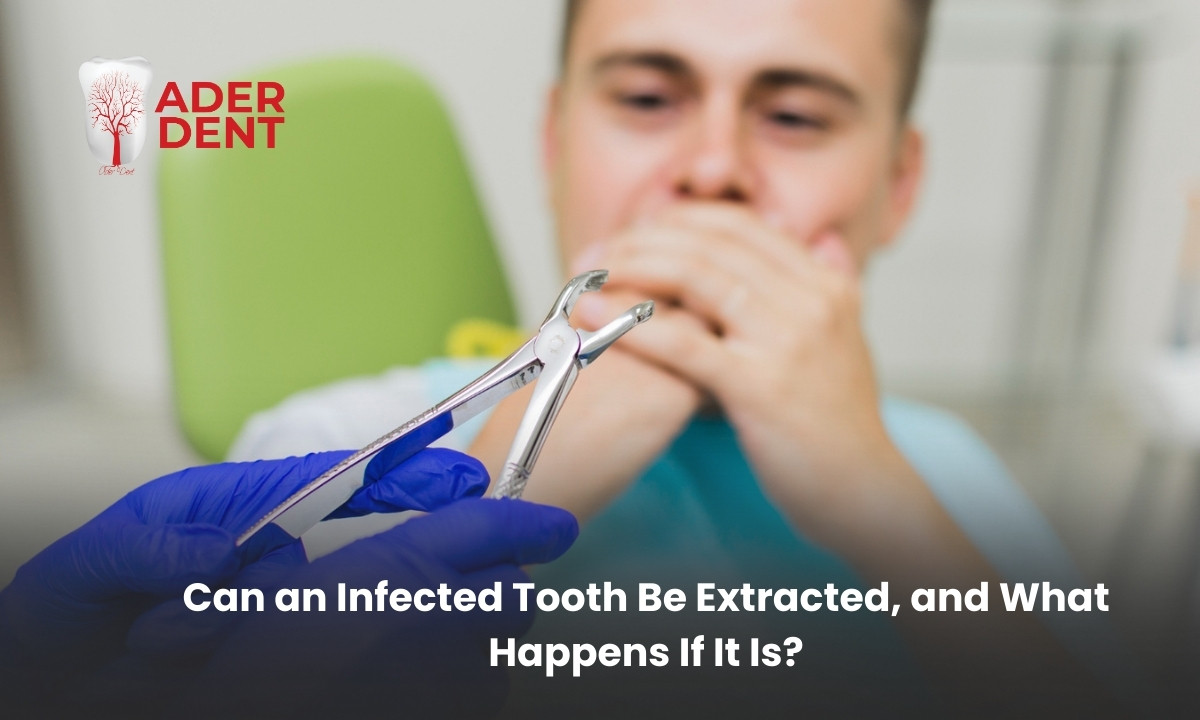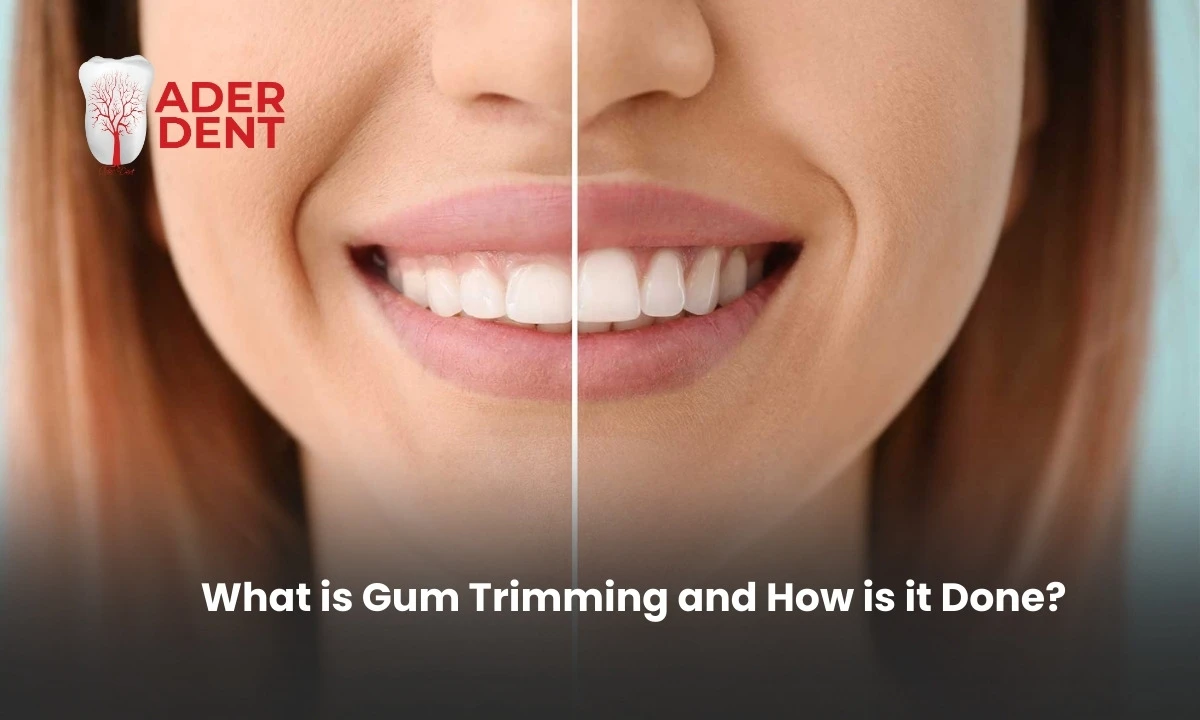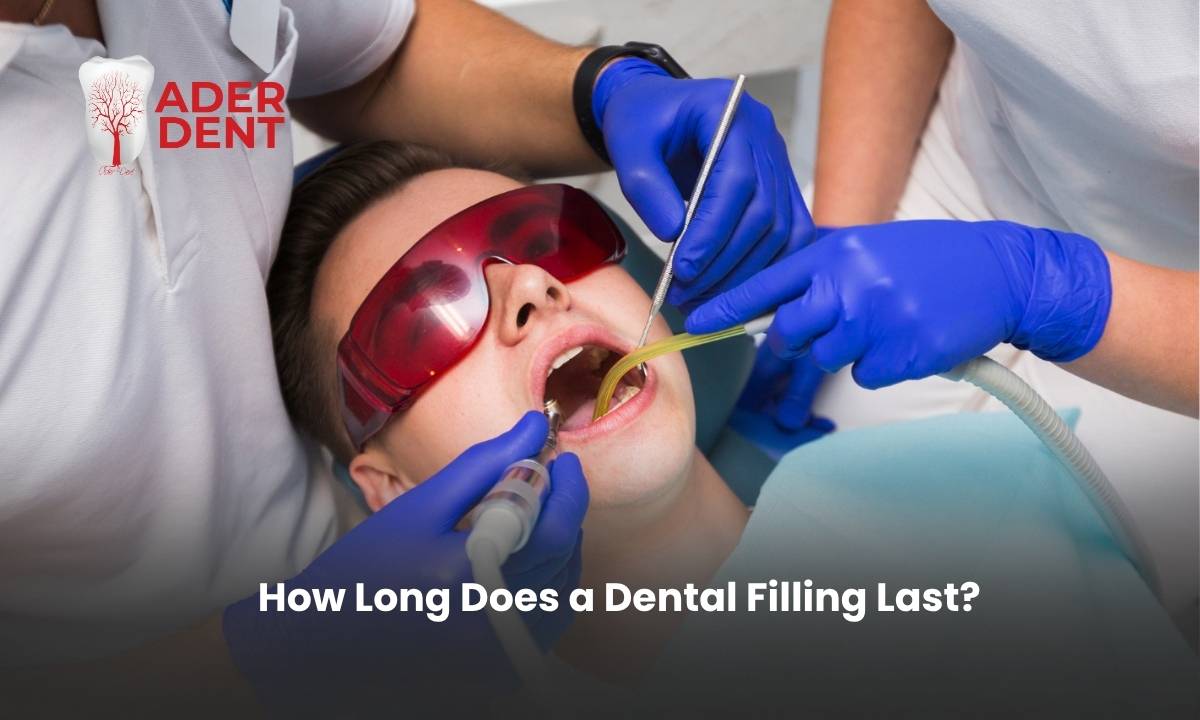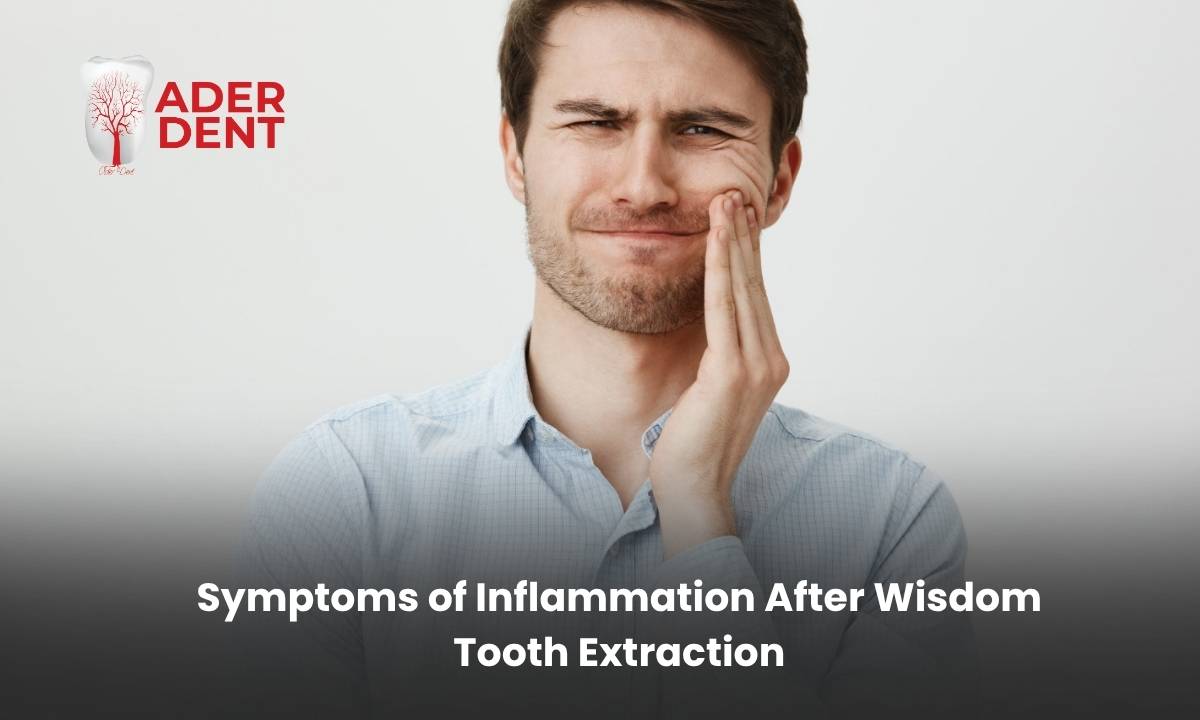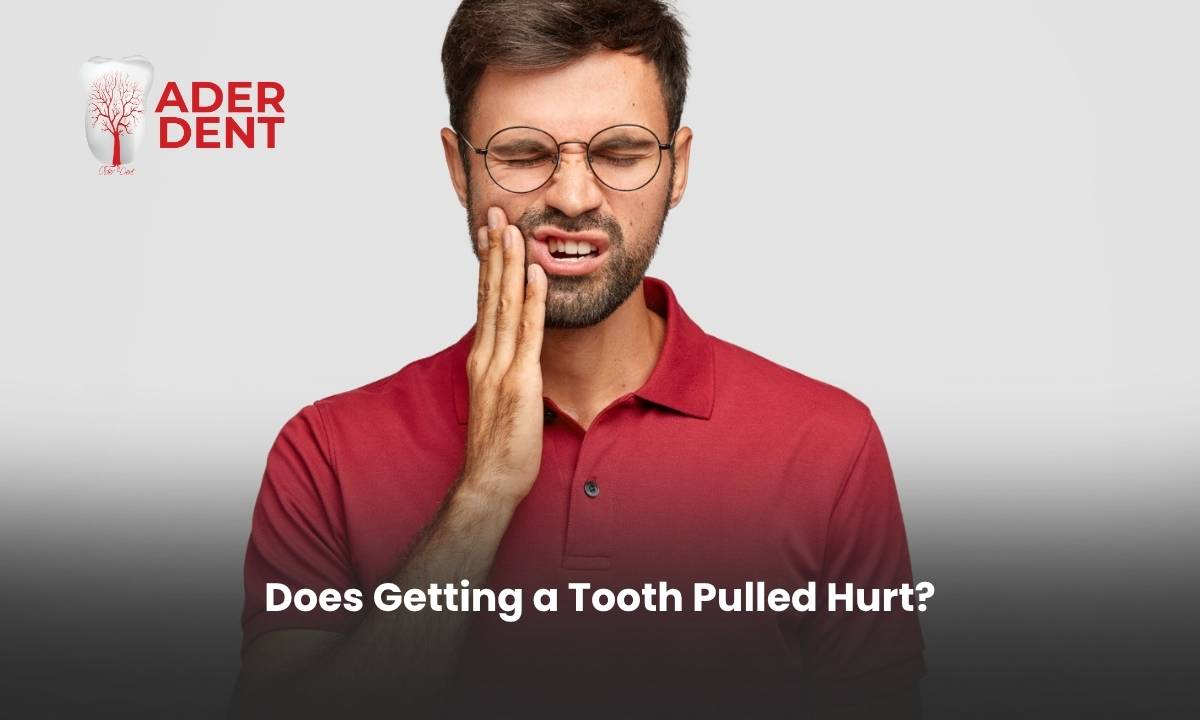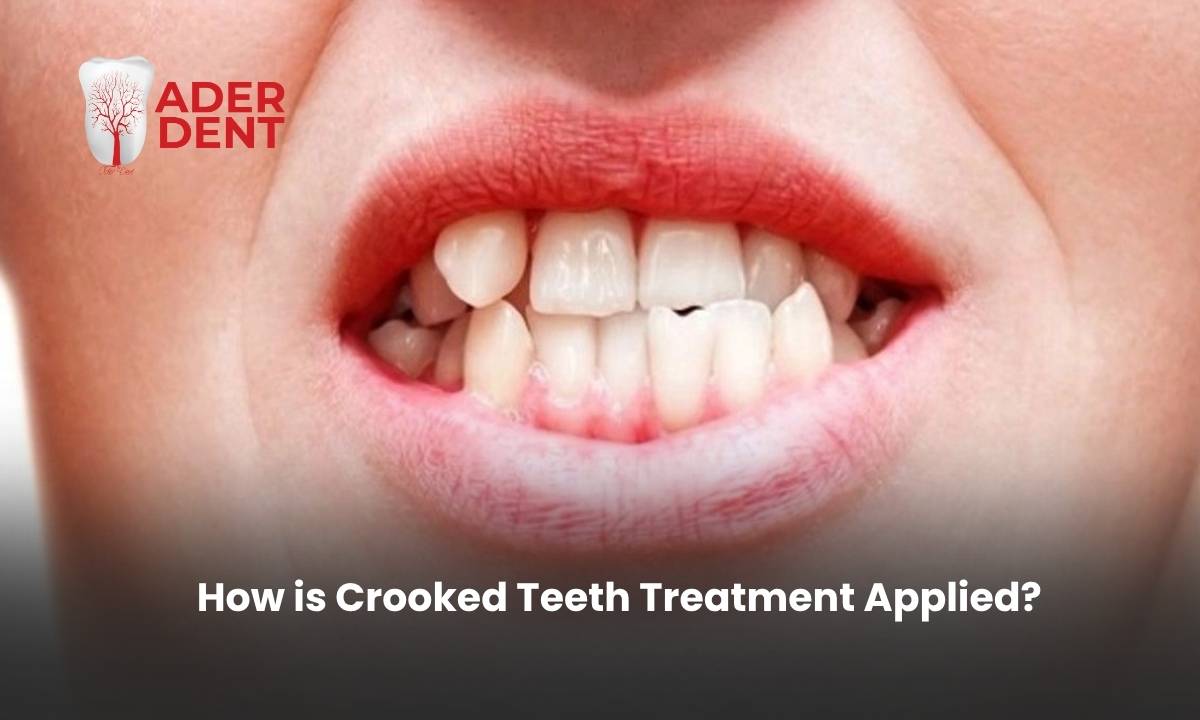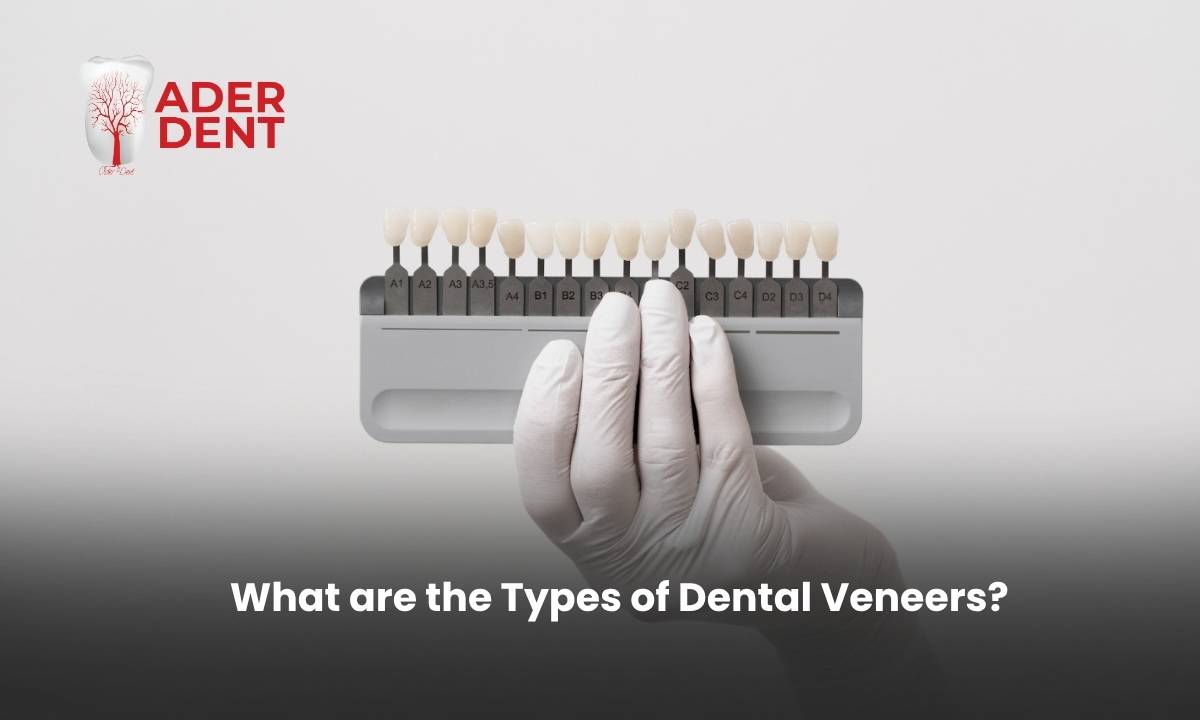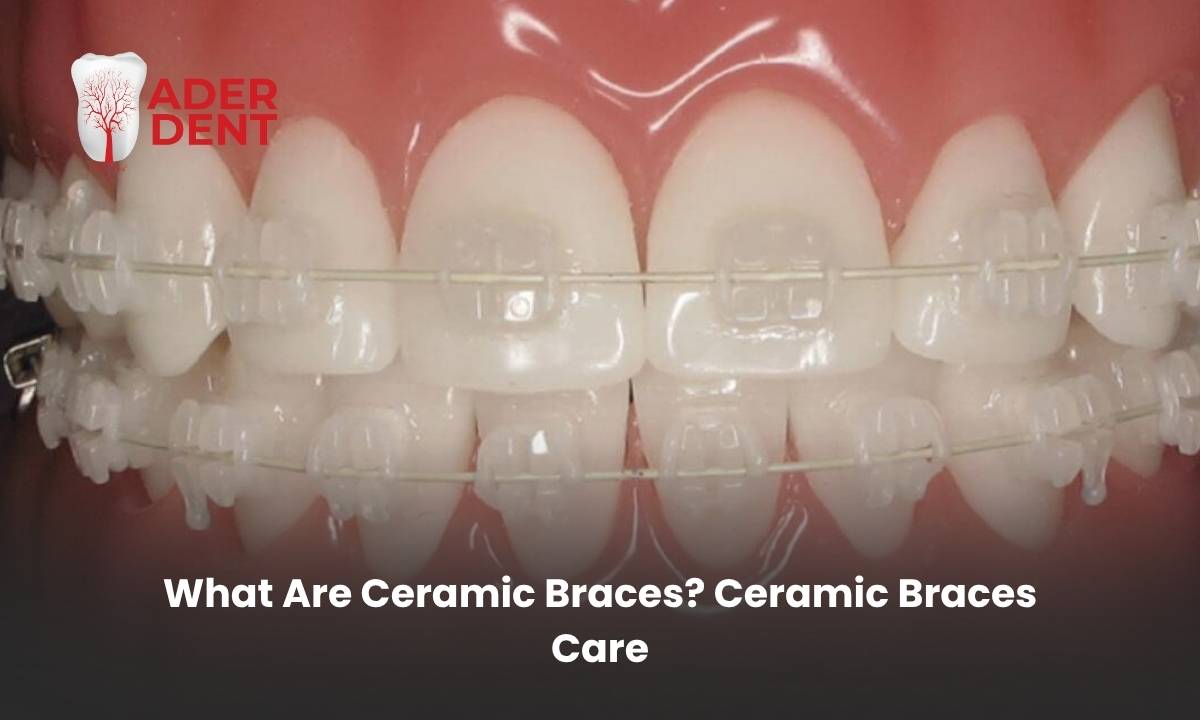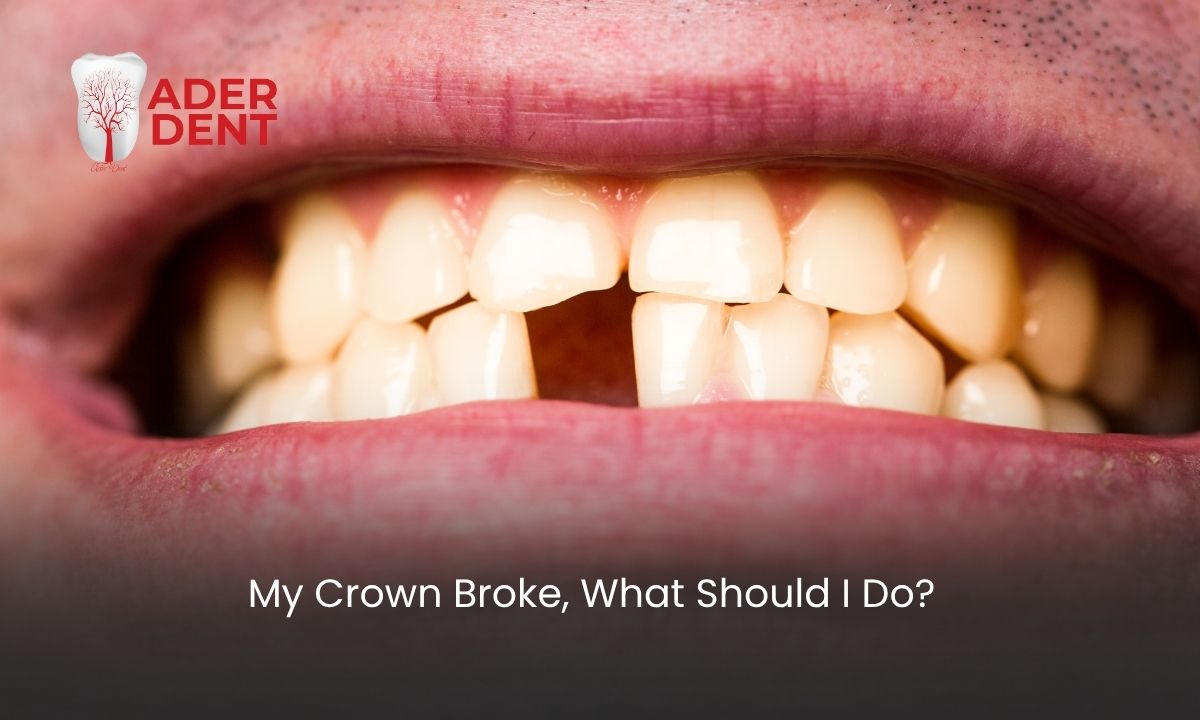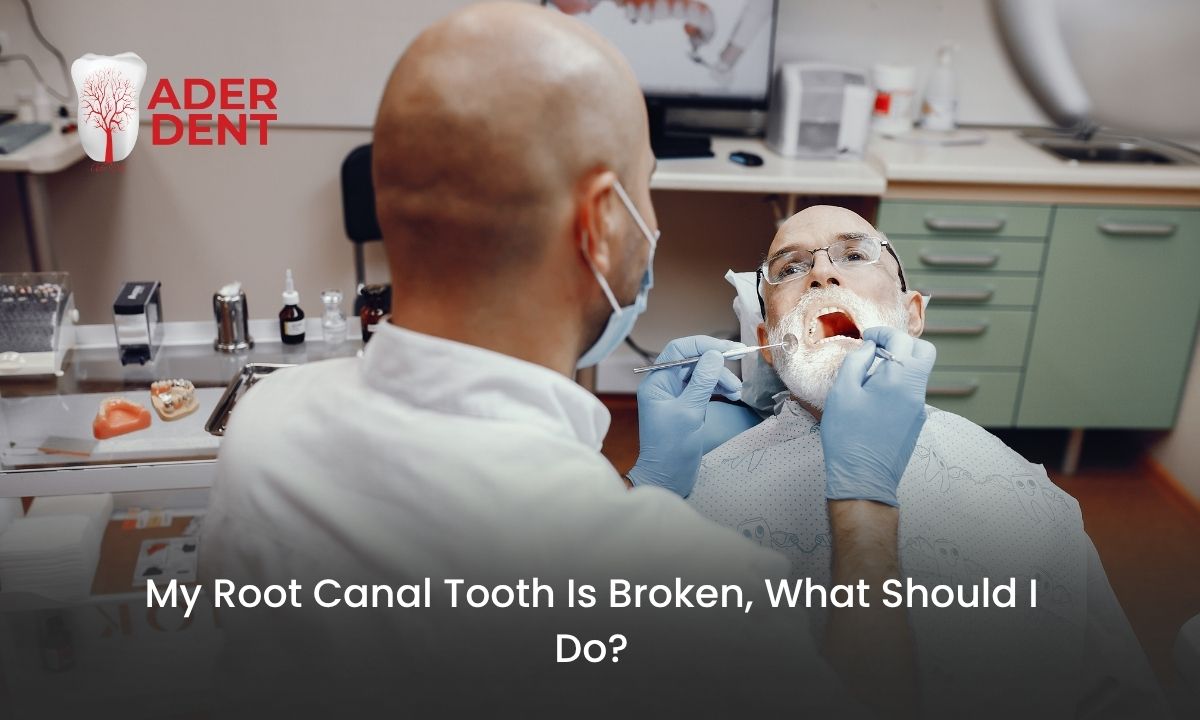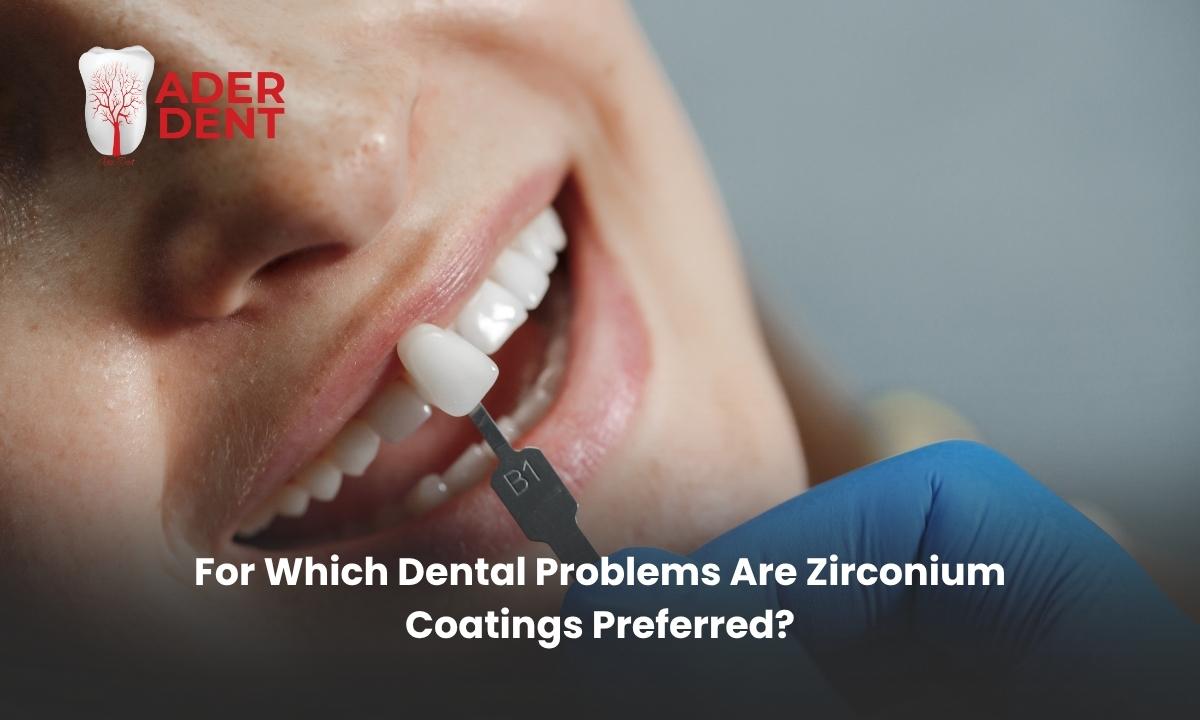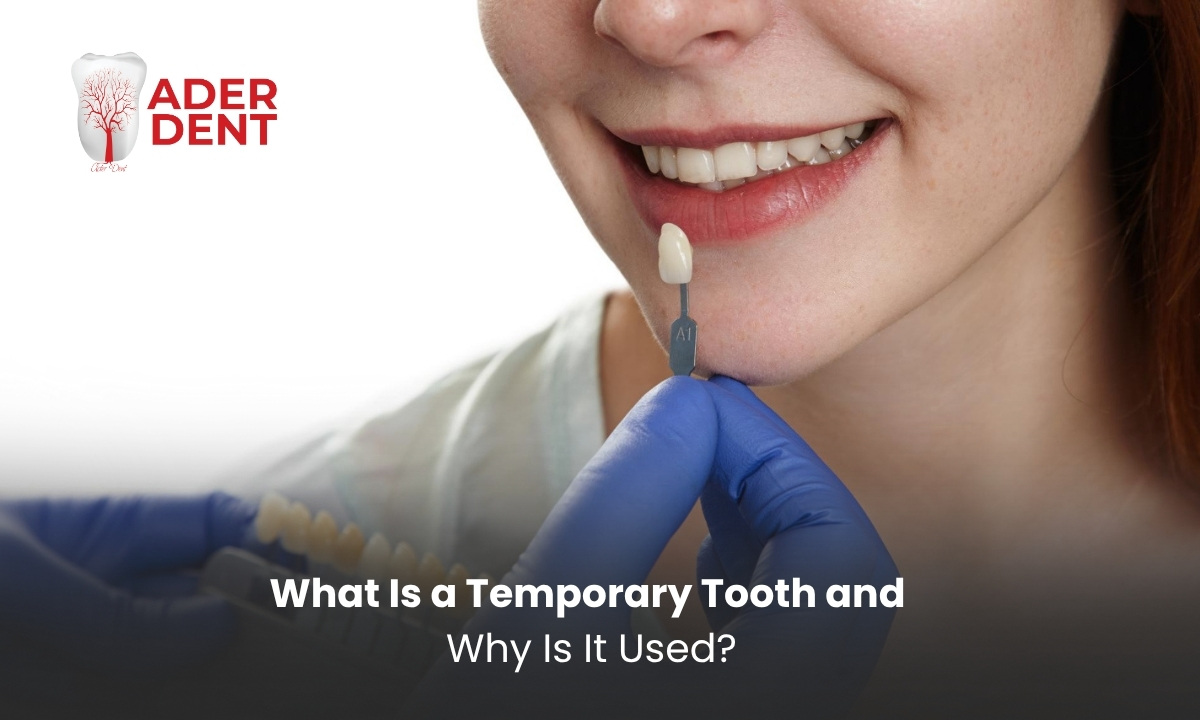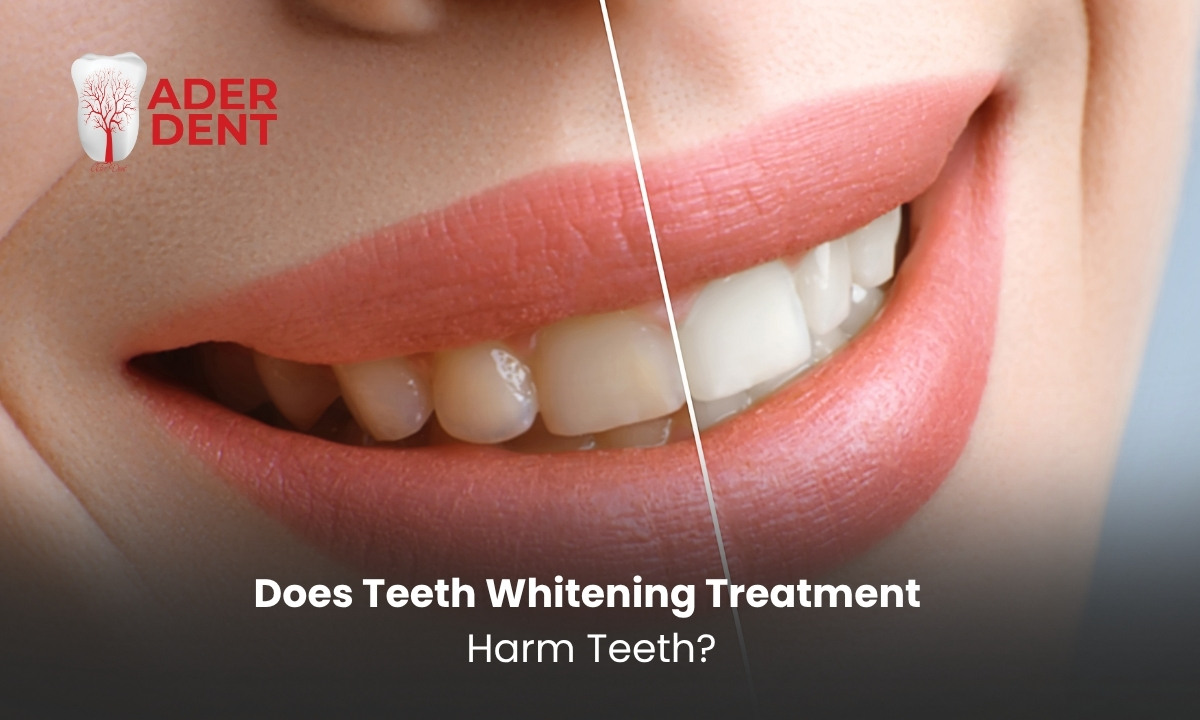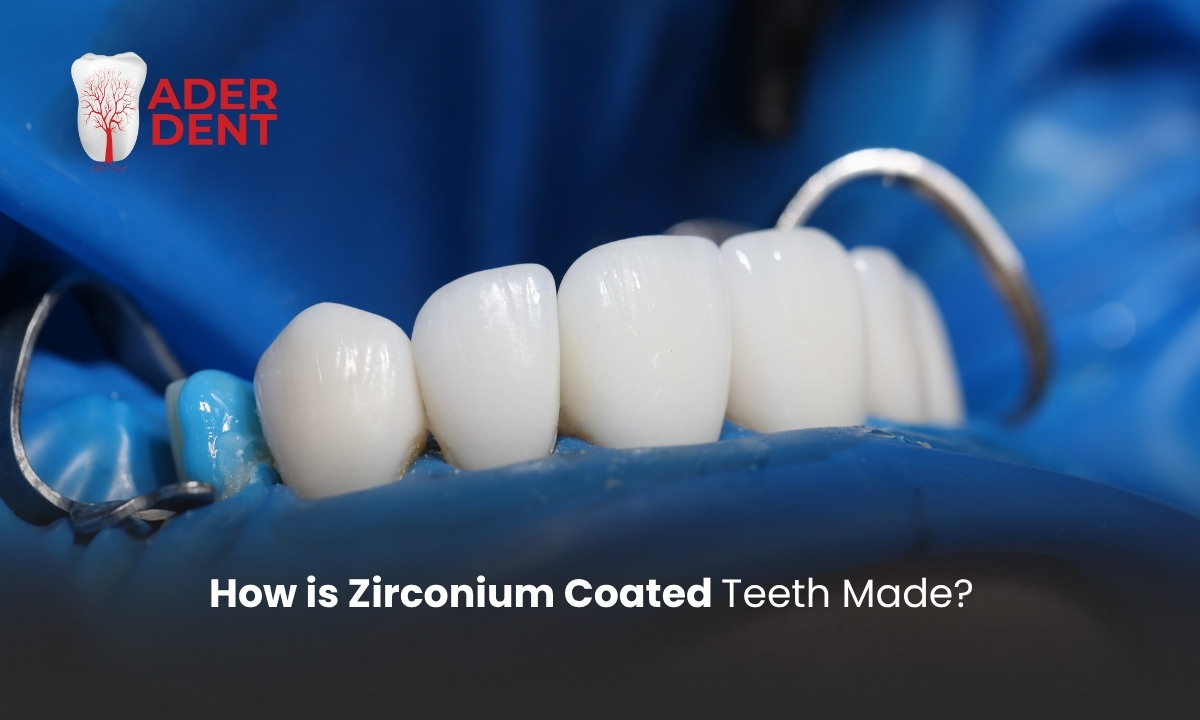
A dental lesion is damage or deterioration occurring on the surface or internal structure of a tooth. It usually begins as tooth decay and appears on the enamel, dentin, or root surface. In the early stages, it can progress silently without symptoms. However, if left untreated, it may cause tooth sensitivity, pain while chewing, discoloration, cracks, and even tooth loss. Advanced dental lesions can sometimes affect the tooth’s vital tissue, leading to root infection, which makes early treatment crucial.
What Is a Lesion?
A lesion is any damage or deterioration in body tissues. In short, it refers to the disruption of the tissue’s healthy structure. Lesions can occur on the skin, inside the mouth, in bones, or other tissues.
Lesions can develop due to various reasons. Infections, trauma, tissue weakening with age, or tumors can all cause lesions. Some lesions are so small that they can only be seen under a microscope, while others are noticeable to the naked eye. If left untreated, lesions can progress and interfere with daily life.
What Is a Dental Lesion?
A dental lesion is any damage or deterioration occurring on the surface or internal structure of a tooth. Dental lesions usually appear as decay and affect the hard tissues of the tooth, namely the enamel, dentin, or root surface. Additionally, trauma, acidic foods and drinks, or habits like teeth grinding can also cause dental lesions.
When a lesion forms on a tooth, small pits, discoloration, or cracks may appear on the surface. In advanced cases, the tooth may become sensitive, painful while chewing, or the damage may reach the pulp, causing severe problems.
Symptoms of a Dental Lesion
Dental lesions often go unnoticed in the early stages. However, as they progress, various symptoms may appear, including:
- Sensitivity to hot or cold foods
- Sudden pain when eating sweets
- Pain or pressure while chewing
- Discoloration, pits, or cracks on the tooth surface
- Swelling or redness in the gums
- Severe cases: persistent pain that starts at night
If you notice one or more of these symptoms, it is recommended to consult your dentist. Early detection makes treatment easier. Swelling or redness in the gums can often be managed with periodontology treatment.
How Is a Dental Lesion Treated?
Treatment depends on the size of the lesion and the condition of the tooth. The dentist first identifies the location and progression of the lesion, using X-rays if necessary. Small lesions are treated with fillings, lesions reaching the nerve may require root canal therapy, and advanced tissue loss may need crowns or caps to restore the tooth.
Follow-up is done for a few weeks after treatment. Early diagnosis makes treatment shorter and easier. Regular check-ups and proper oral care prevent the progression of lesions.
Recovery After Dental Lesion Treatment
The recovery process depends on the type of treatment performed:
- Filling: Mild sensitivity to hot/cold or slight discomfort while chewing may occur for a few days, usually resolving on its own.
- Root Canal: A few days of sensitivity, mild throbbing, or discomfort when touched is normal. Pain decreases daily.
- Crown: The tooth regains function quickly. Chewing comfort typically returns to normal within 1–2 days.
How Does a Dental Lesion Develop?
A dental lesion forms when the hard tissues of the tooth weaken and are damaged. The process begins with the accumulation of bacterial plaque on the tooth surface. Food residues and sugars in the mouth combine with these bacteria to produce acid. Over time, the acid erodes the enamel and reaches deeper layers of the tooth.
Frequent consumption of acidic drinks, teeth grinding (bruxism), trauma, or injuries can also cause dental lesions. Reduced saliva flow weakens the natural defense against acids, increasing the risk of decay.
Causes of Dental Lesions
The main causes of dental lesions include poor oral hygiene, unhealthy diet, frequent consumption of sugary or acidic foods, teeth grinding, trauma, reduced saliva, and genetic predisposition. These factors weaken the enamel and often progress silently until the patient experiences pain, discomfort, or sensitivity.
Without regular dental check-ups, lesions can progress rapidly. Advanced lesions make treatment longer, more complicated, and more expensive.


 TR
TR
